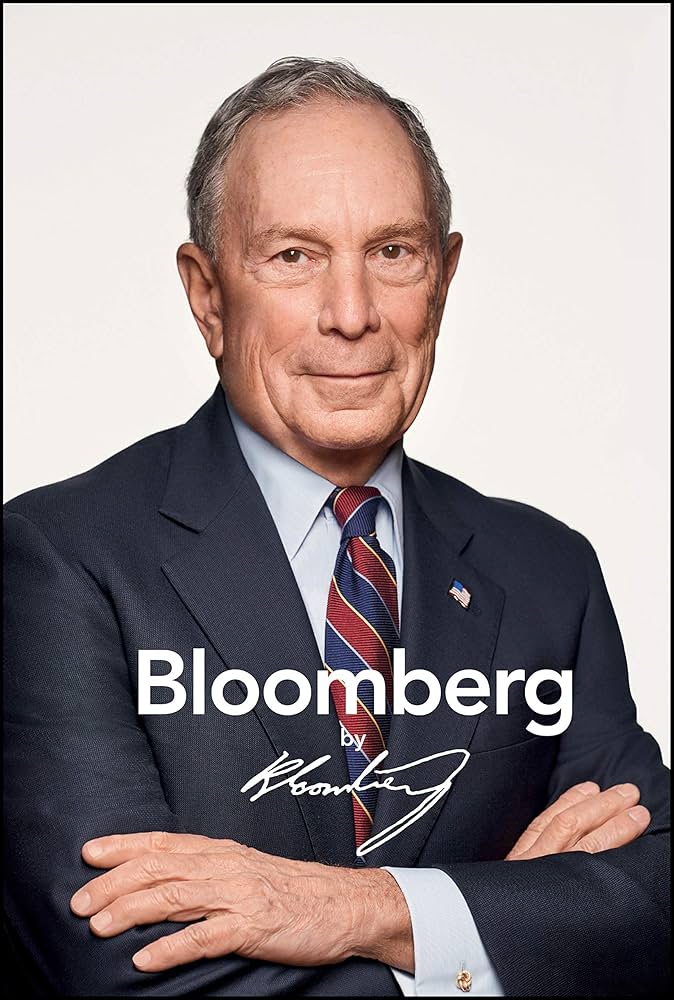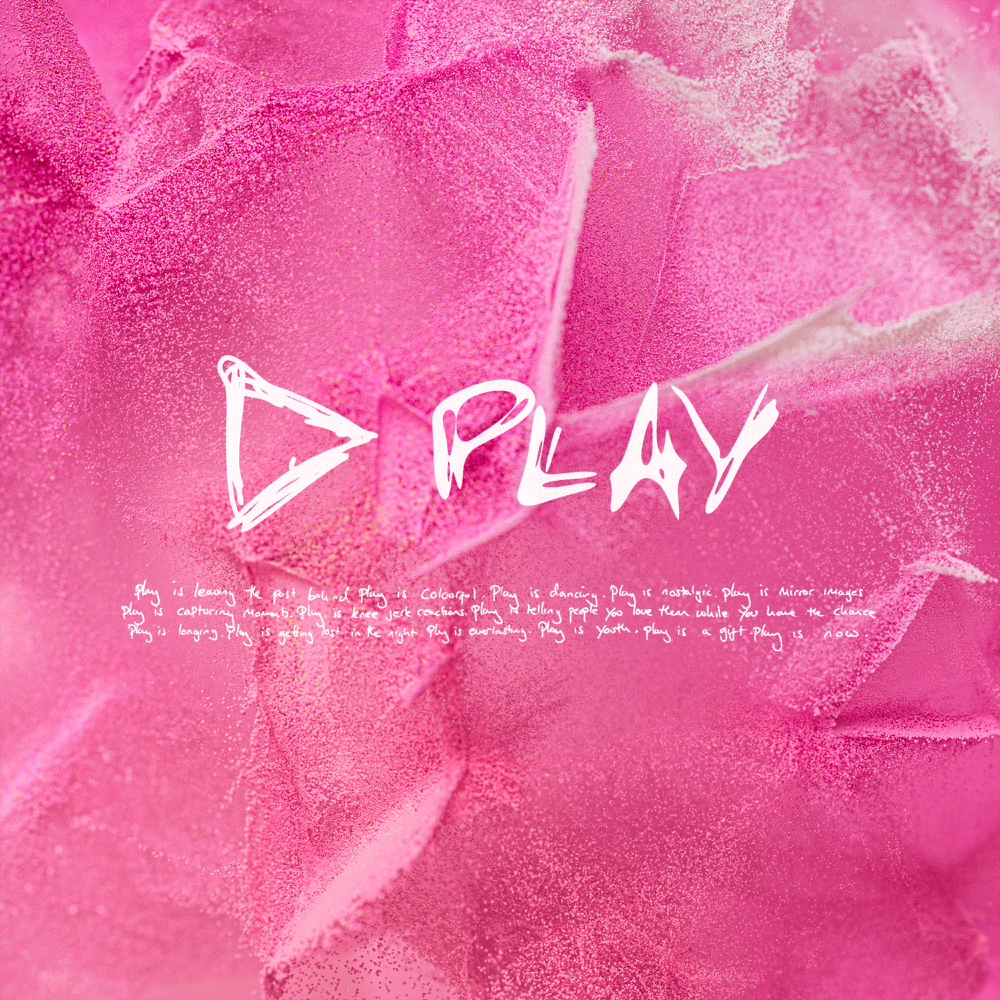I’m sure I’m not the only one who’s opened TikTok recently and heard the opening lines of Paramore’s “Hello Hello” accompanied by a photo slideshow relaying the stories and drama of faceless teenagers dressed in clothing straight out of a Hollister store in 2003. These videos carry a tone of yearning–“Oh, to be a wealthy teenager throwing parties in her Tuscan mansion.” Regardless of the cliche storylines,, it is always the clothing that sticks with me.
The clothing I’m talking about isn’t that different from what you could buy today, but evokes a nostalgia for a time I never experienced. I was born in 2006, so I spent the latter half of the early 2000s in footsie pajamas and tutu-skirted Disney princess dresses, a sharp contrast to what girls that are my age now were wearing.
More importantly, all of the clothing I see in these TikToks also have the ability to feel like the perfect usher for autumn. The clothing, paired with accessories like tall Uggs and Tiffany bracelets, feels like fall in a way clothing the exhaustive cycle of microtrends dominating the fashion space right now cannot do.
Each of these videos cannot outrun denim. Whether its the ultra-lowrise skinny jeans, tiny jean shorts from American Eagle or Hollister, or denim mini skirts that would make Coco Chanel turn in her grave, the modelsin these postsare always sporting some kind of denim.
Denim has prevailed since the early 20th century, being reworked every few years. The versatility, practicality and simple aesthetic value of denim is the main reason for its persistence. Relatively warm and comfortable for all seasons, denim gains favor in fall as the mornings grow cooler.
“Logomania” defined the late 90s and early 2000s, with ostentatious logos splashed across everything from couture handbags to sweatshirts, pioneered by designer Dapper Dan.
Sweatpants were no exception, with brands placing their logos in swirly bubble letters on the side leg. Sweatpants are the quintisessntial fall transition piece, given their adjacency to pajama pants and ability to be paired with far less weather-appropriate camisoles and baby tees. While today’s sweatpants feature more conservatively small logos–attributed to the 2008 Financial Crisis and growing disdain for bragging about the brands you could afford–sweatpants remain a popular item for every college student north of the Mason-Dixon line (As a fall athlete myself, logoed sweatpants remind me of warming up before a meet).
In fashion, there is this idea of the “20 Year Rule,” where items go from loved, to phased out, to hated and ridiculed, to being in style again over 20 years. Today’s fast fashion, microtrend complex has done a number to accelerate this process, but the rule remains relatively steadfast.
This rule is relevant given the 2000s babydoll top. Arguably an offshoot of the empire-waisted dresses of the Napoleonic era, these tops were inescapable in the early 2000s. The 20 year rule becomes relevant, because I am convinced these type of tops are back in style. Walk into Hollister or Brandy Melville, and you’ll see tops with waist-cinching ribbons and ties with stitching directly under the natural bust. Their long sleeve iteration is perfectly suited for fall, eliciting feelings of comfort, and reminiscent of the wardrobes of characters in media like “Twilight,” “The Vampire Diaries” and “Harry Potter.”
Henleys,he preppy, collared polo shirt with a rough-and-tumble, simple undershirt, are a popular feature in these TikToks, being worn as pajamas or overtop of lace camisoles for a casual school look.
Looking on any resale site like Depop, eBay, or Mercari , all types of henleys show up, with brands like Ambercrombie & Fitch and Victoria Secret Pink making them in muted navy blues and ruby reds, and bright colors with large, rhinestoned logos.
A one-way ticket to a dress code write-up in recent years. Camisoles infiltrated early 2000s fashion as an essential layering piece, everyday staple and pajama top. Whether it was as pajamas with plaid shorts, or bubblegum pink and logoed by a brand like Limited Too or lacy trims peeking out from sweaters, they were everywhere. Camisoles could be plain and jewel toned–perfect for fall–or striped, polka dotted and so long they could pass as a very short party dress.
They are so clean and classic, which can be credited to the spectrum of their appearance, from simple, solid color to vivaciously patterned and bedazzled. Their remergence in recent years is interesting, after what feels like years of the gradual shortening of shirt lengths, but it makes sense that camisoles’ versatility is being recognized once again.
The most fall style of them all is the winter coat. The signature shade of Y2K brown colored many a coat in the winter editions of the 2000s TikToks, and was often a necessary piece paired with weather-inappropriate sweatshirts and camisoles.
Fur coats have been a common item across time periods, cultures and regions. Their less intense iteration, the sherpa lined zip up sweatshirt, is also common in these TikToks.
This is by far where practicality rules all, and where fall truly begins to transform into winter. Until the world is the same temperature as the sun, coats will remain necessary and popular, in different cuts and levels of fuzzy accents.




